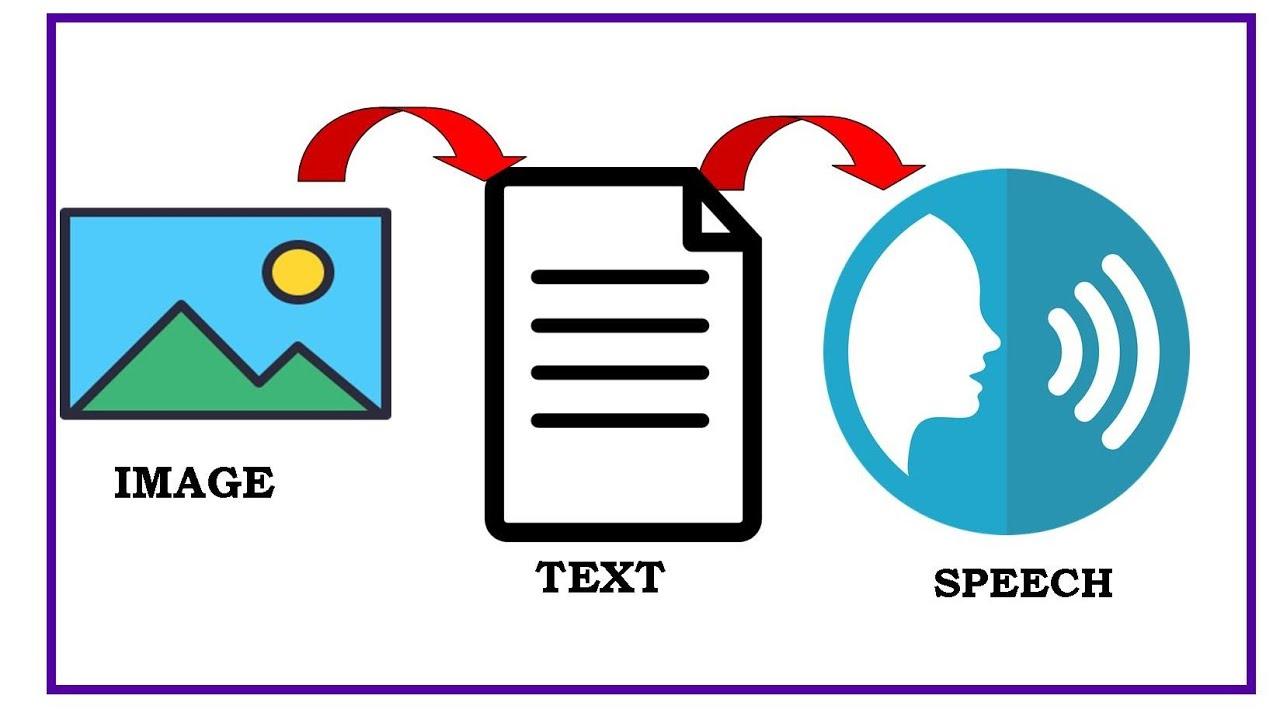Text-to-Speech (TTS) technology has quickly advanced to become an indispensable instrument in many different industries, improving accessibility, communication, and user experiences. By translating written text into spoken words, Text-to-speech systems allow computers to “speak” and communicate with users in a way that is authentically human. A plethora of opportunities have been made possible by this breakthrough, ranging from improving device and application user interfaces to helping people with impairments.
What Makes Text-to-Speech Work?
The fundamental process of text-to-speech technology involves interpreting written text and breaking it down into phonetic elements, which are then combined to create voice. Speech synthesis, language analysis, and text normalization are some of the crucial elements in this process. Text normalization, which may entail extending acronyms or turning numbers into words, makes ensuring that the text is in a consistent format. The text is then divided into smaller pieces, such as phonemes, and the laws of pronunciation, intonation, and rhythm are applied via linguistic analysis. Ultimately, speech synthesis synthesizes these phonetic elements to produce speech that is both natural-sounding and understandable.
Because early Text-to-speech systems used rule-based techniques, their voice was robotic and artificial. On the other hand, synthetic speech now sounds much better because to developments in deep learning and artificial intelligence (AI). Tone, pitch, and emotion are just a few of the subtleties of human speech that modern TTS systems can replicate and learn from using neural networks and massive datasets. The voices produced by these AI-powered systems are almost identical to those of human speakers, increasing the attraction and versatility of TTS technology.
Use of Text-to-Speech Applications
The field of accessibility benefits greatly from the use of Text-to-speech. Text-to-speech systems are frequently used to help those who have trouble reading or seeing, enabling them to access written text by means of spoken words. For example, screen readers employ text-to-speech technology to read aloud material that is shown on a screen, allowing blind or visually impaired persons to freely navigate computer interfaces.
Text-to-speech technology is becoming more and more incorporated into consumer products and applications in addition to being accessible. To interact with consumers, virtual assistants such as Google Assistant, Amazon’s Alexa, and Apple’s Siri mostly rely on text-to-speech (TTS). Through natural language interaction, these assistants employ Text-to-speech to provide information, create reminders, manage smart home devices, and much more.
Text-to-speech technology also helps the education industry. Text-to-speech is used by educational technologies and e-learning platforms to give students auditory help, improving the accessibility and interest of learning materials. Additionally, by listening to precise speech patterns, TTS is used in language learning applications to assist users in improving pronunciation and understanding.
The future for Text-to-Speech
We may anticipate even further advancements in speech quality, customisation, and engagement as TTS technology develops. More context-aware and customized speech synthesis, with voices that can be modified to fit certain user preferences or cultural situations, may be developed in the future of TTS. Furthermore, TTS may be crucial in developing domains such as augmented reality (AR) and virtual reality (VR), where voice-driven, immersive experiences are becoming more and more crucial.
To sum up, text-to-speech technology is transforming how we communicate with computers and obtain information. Its uses are numerous and cover a wide range of industries, increasing accessibility, boosting user satisfaction, and creating new channels for communication. Text-to-speech will surely become an ever more essential component of our daily lives as technology advances.



